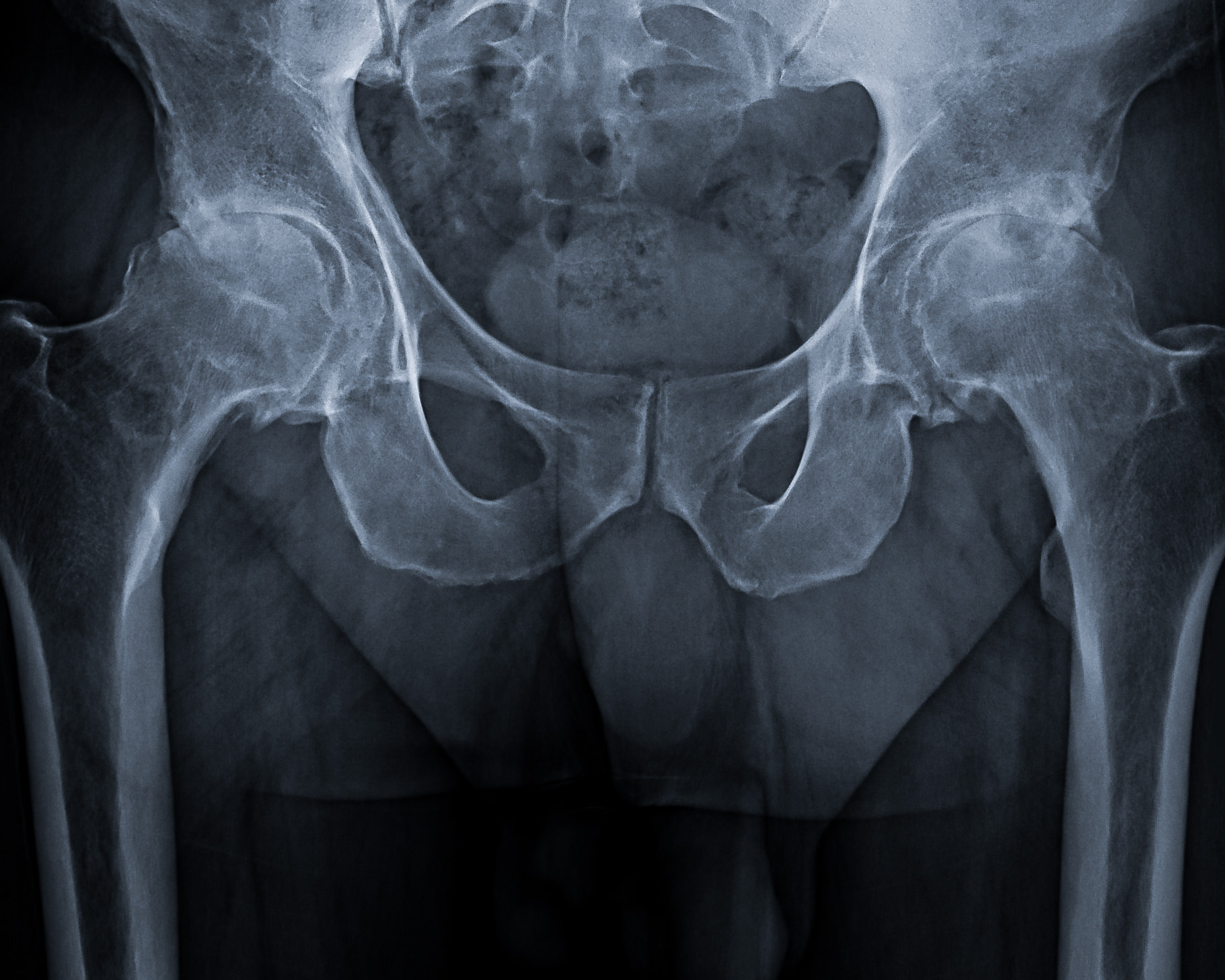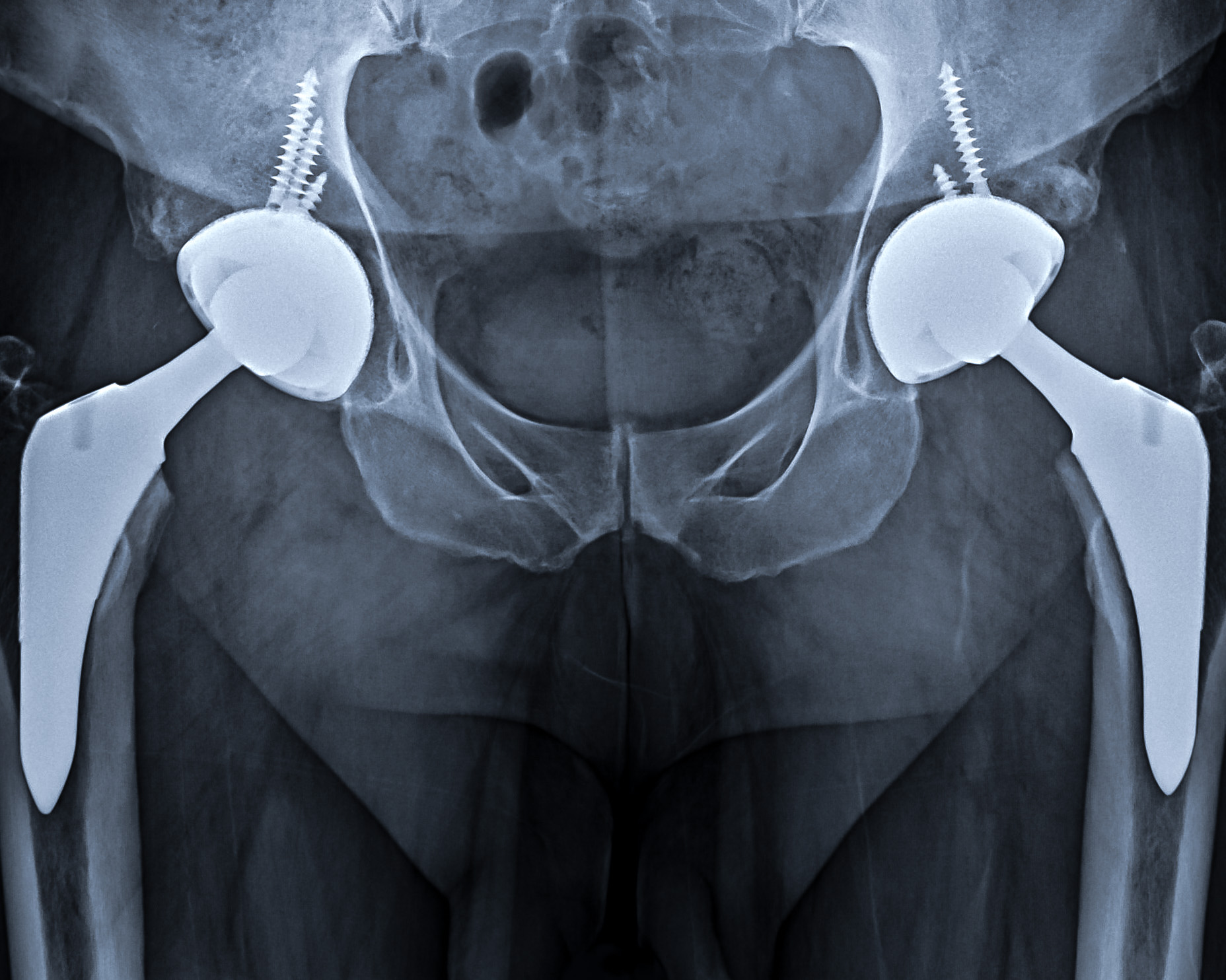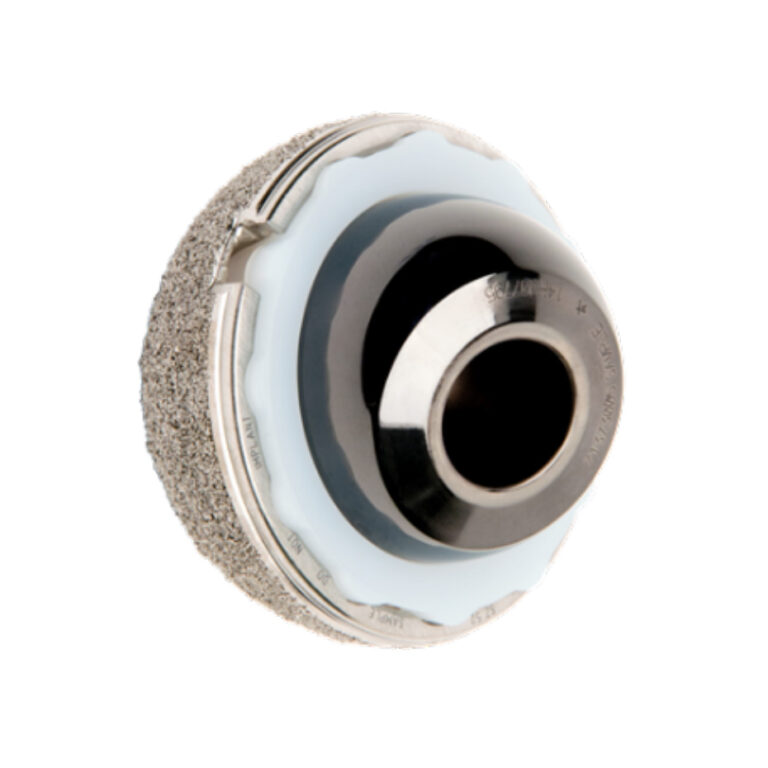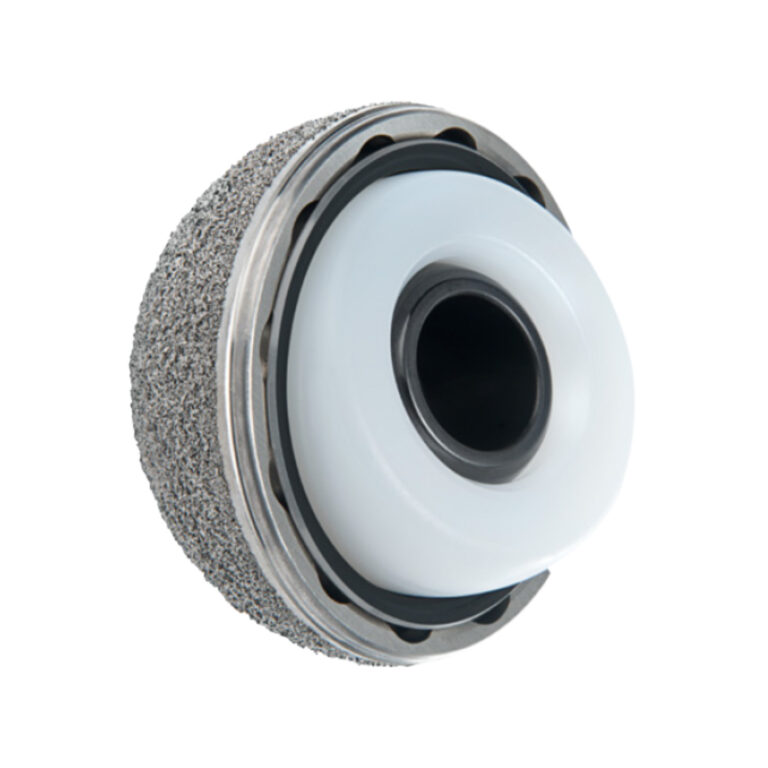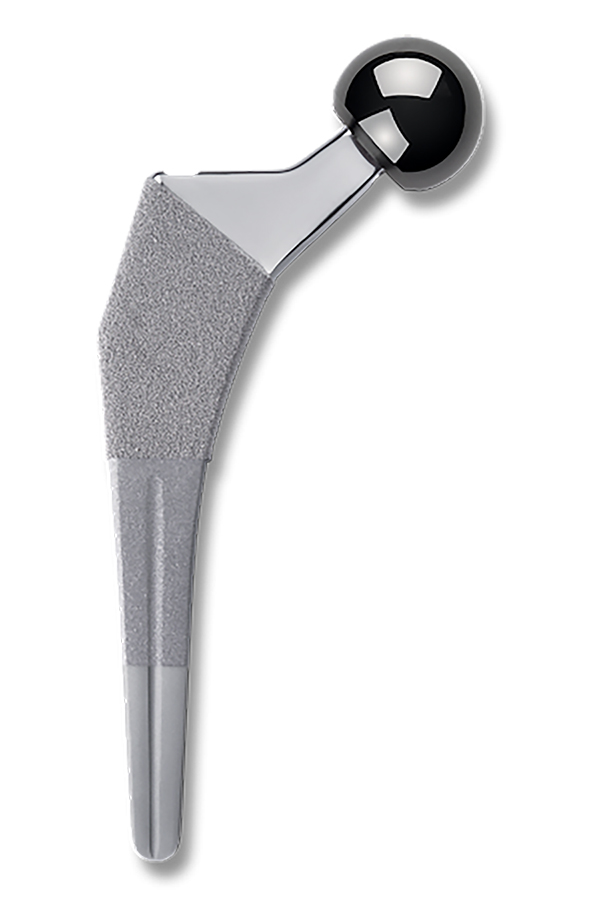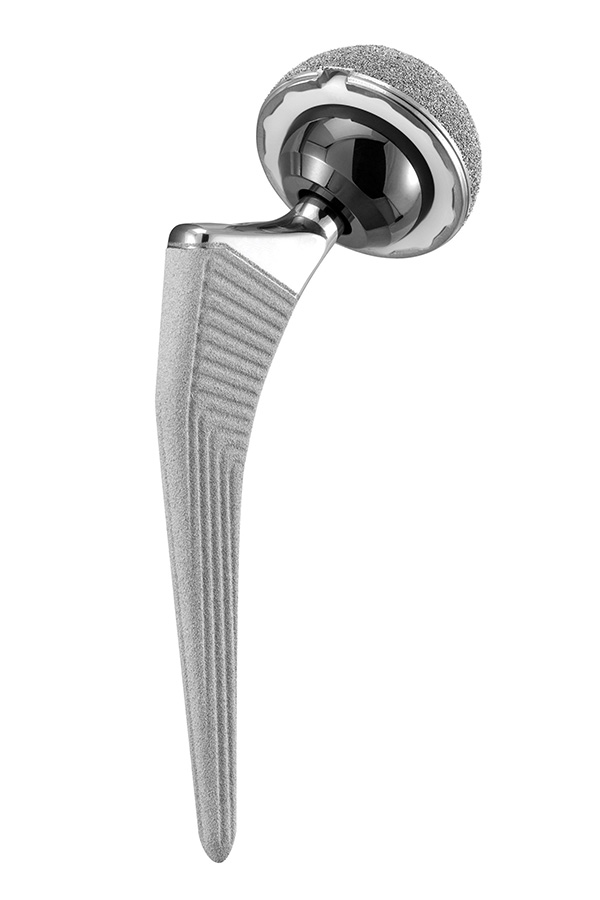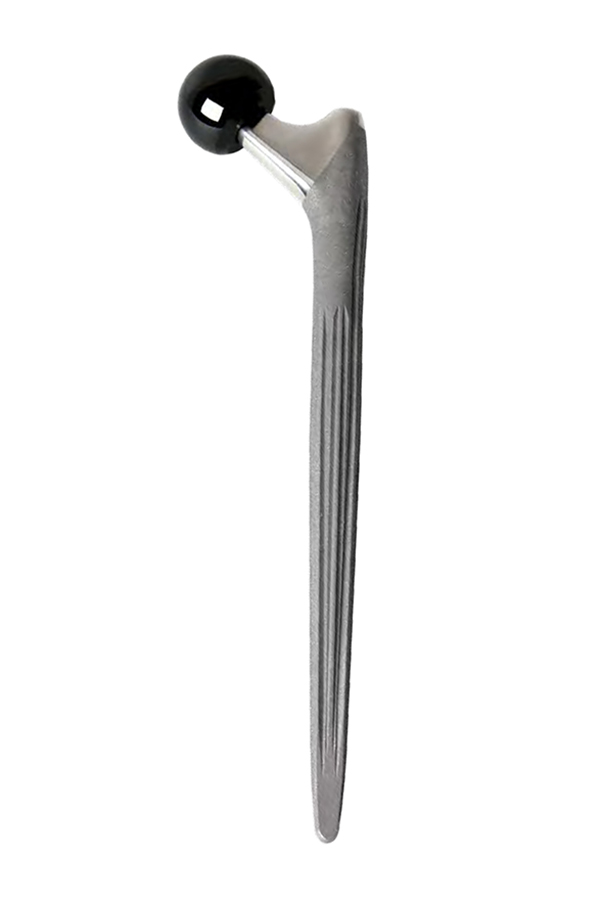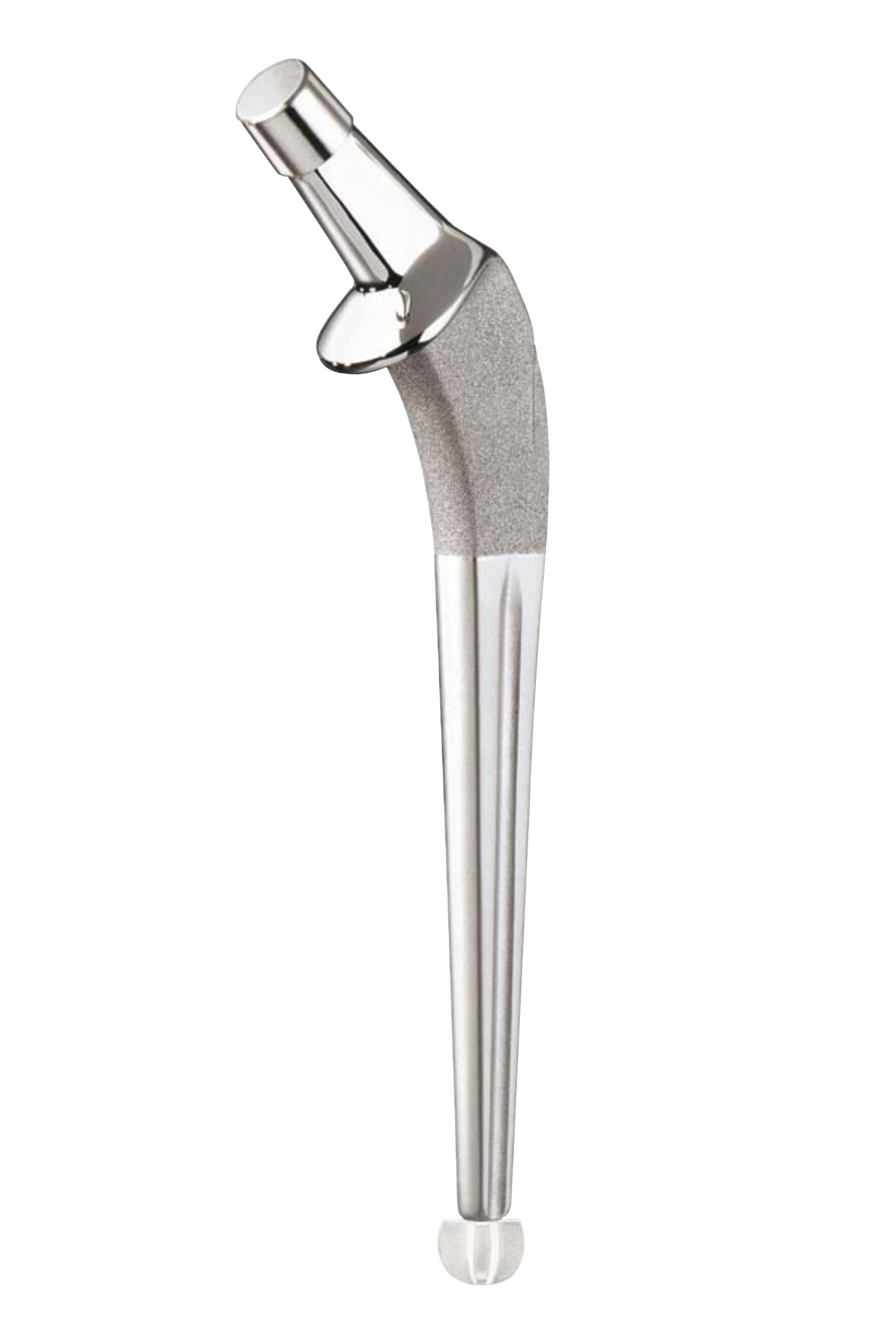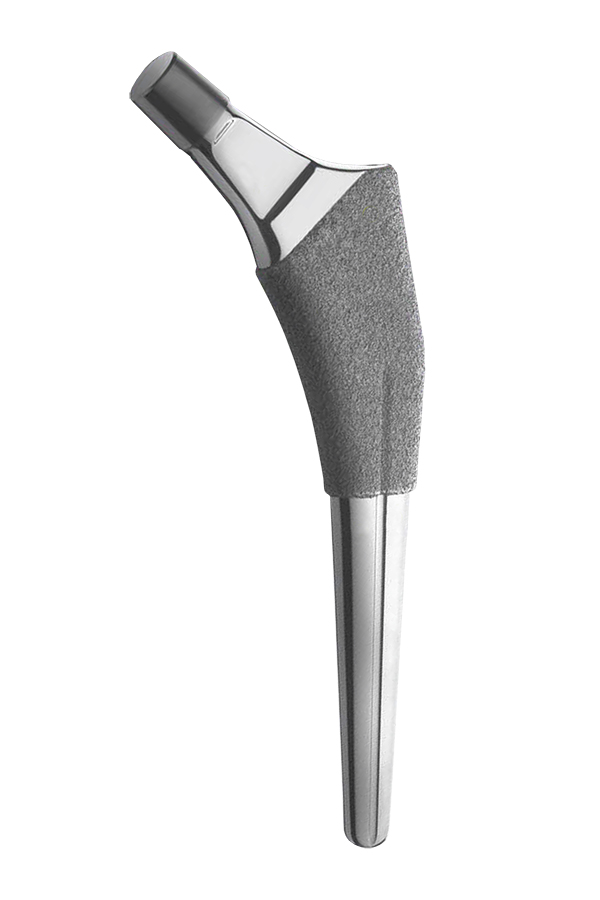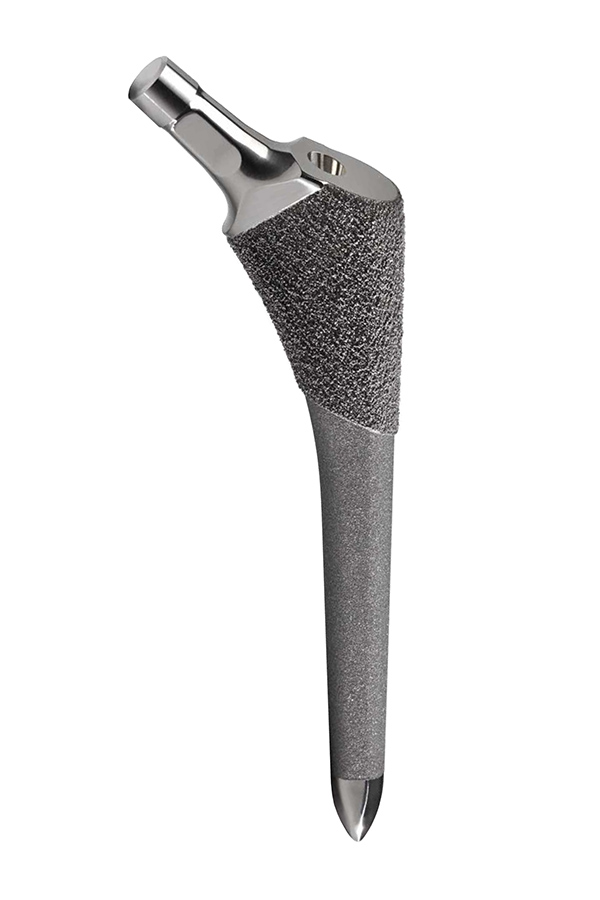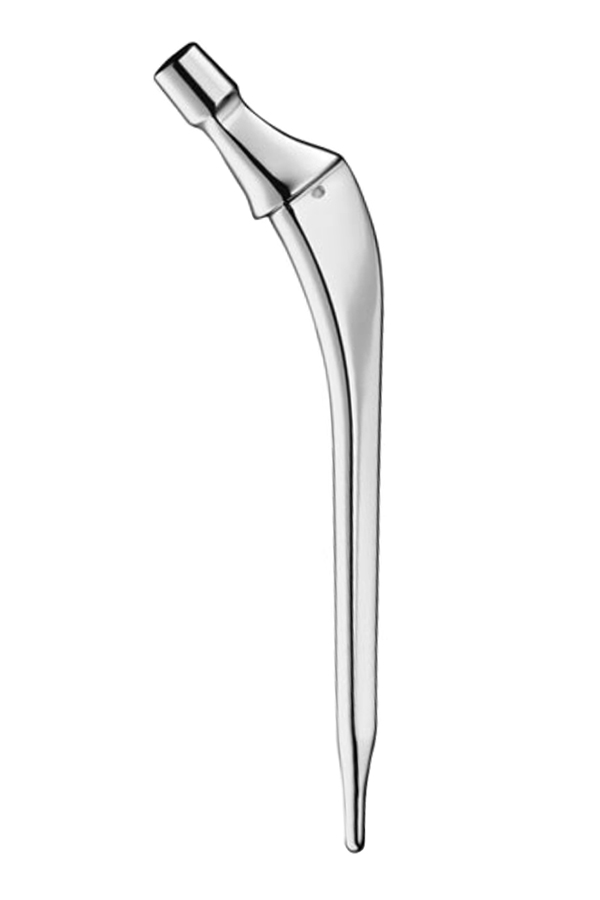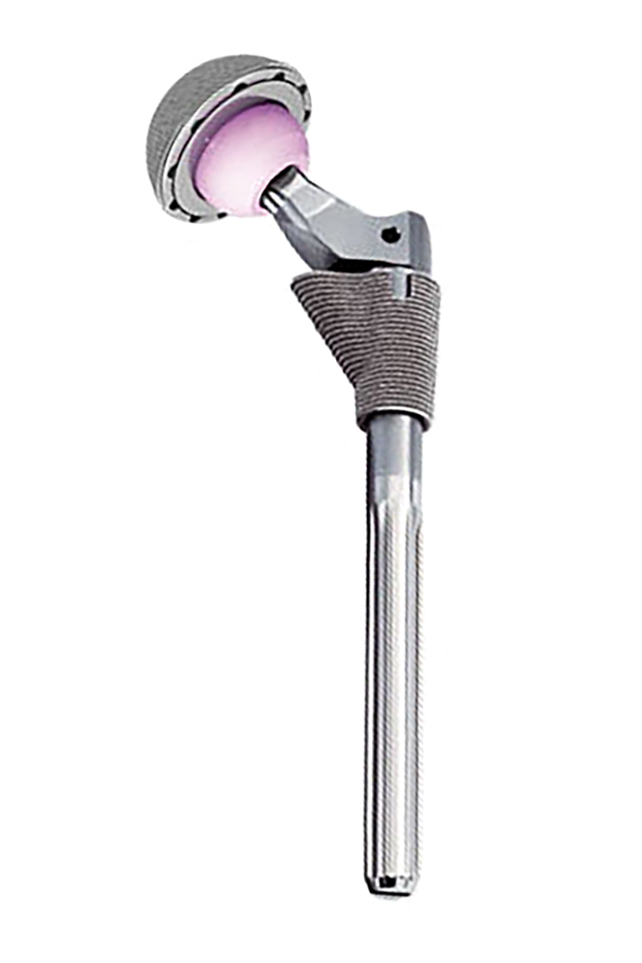Total Hip
Replacement

Total hip replacements are performed predominantly for osteoarthritis. The hip is a ball and socket joint that is lined with cartilage. When the cartilage wears out the bones of the ball rub against the bone of the socket which can cause significant pain. The goal of the replacement surgery is to remove those diseased portions of the ball and socket joint and replace them with smooth components, which can then provide pain-free motion.
Following total hip replacement surgery most patients spend one night at the hospital before returning home, although some patients may be candidates for outpatient total hip arthroplasty and can go home the same day as surgery. Maximal functional gain is achieved within one year following the total joint replacement, but a substantial improvement over their preoperative state is usually achieved within the first few weeks. Patients typically return to work at six weeks to three months following a total hip replacement depending on their job description and demands.
Implants and Materials
Hip Arthroplasty implant selection is an art. Considerable time and thought is devoted to each patient during this selection process, as femoral geometry, size, and bone quality are radiographically assessed and matched to the ideal implant. As such, a variety of stem options are employed in my practice. These stem options include stems manufactured by Smith and Nephew (Anthology, Polar, Redapt, Spectron), Zimmer/Biomet (MLT, Echo Microplasty, Versys Heritage), and DePuy (S-ROM).
The acetabular component (socket implant) has less variation and is typically selected based on bone quality, the need to manage any acetabular defects, and the presence of dysplasia. Almost uniformly, the acetabular components I use are composed of porous titanium alloy to enhance bony ingrowth and achieve long lasting fixation. The bearing couple I employ is dependent on the stability of the joint. Typically standard bearing couples are utilized, composed of Oxinium or Biolox Delta ceramic femoral head components and highly cross-linked polyethylene acetabular liners. Some patients may require increased stability or have a higher demand on range of motion following their hip replacement. In these instances a dual mobility bearing is typically utilized to allow for a larger femoral head size.
In the revision hip replacements, bone loss is frequently encountered and is usually managed with longer stemmed femoral components. Revision hip arthroplasty may also require socket augmentation with either porous metal augments or cadaveric bone grafting.
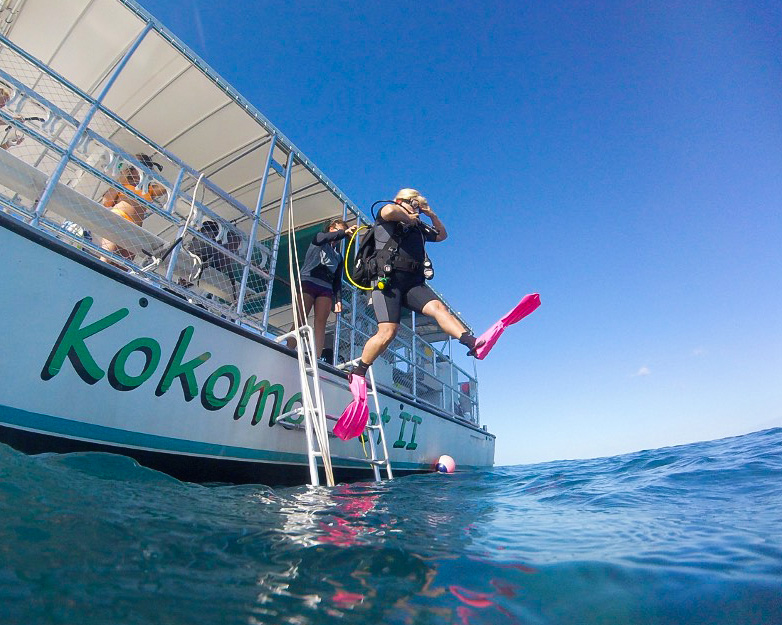
Thank you Dr. Sassoon for everything you did in and giving me my active life back!
You are the Best


